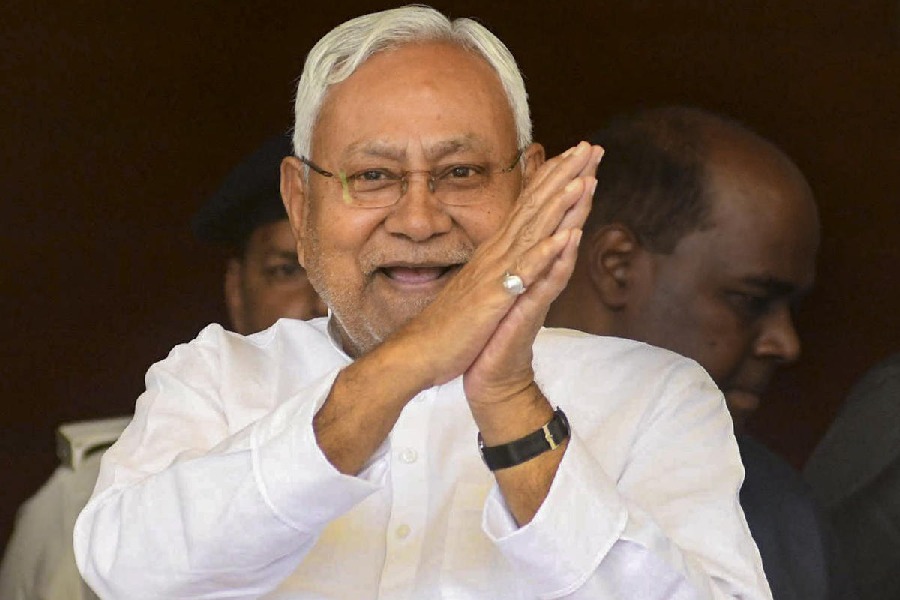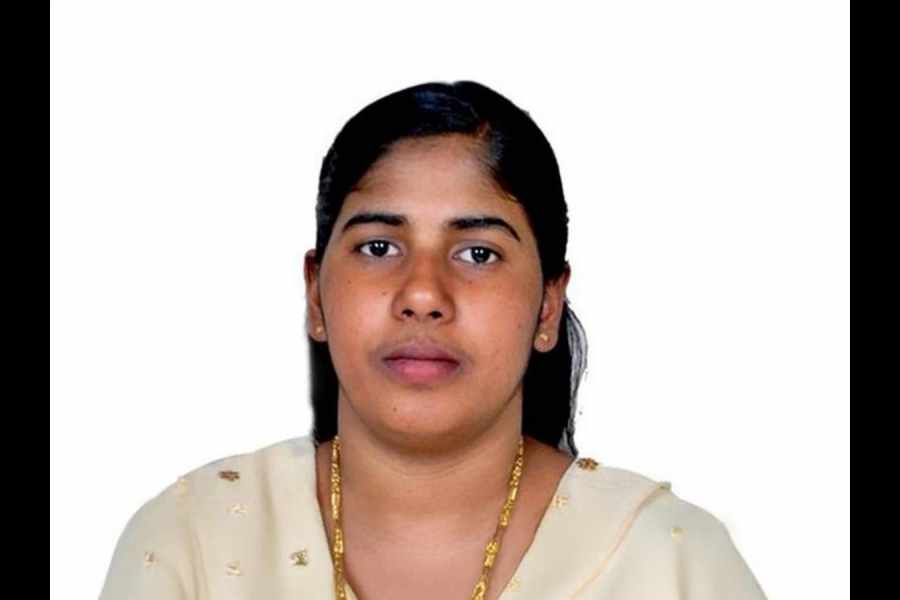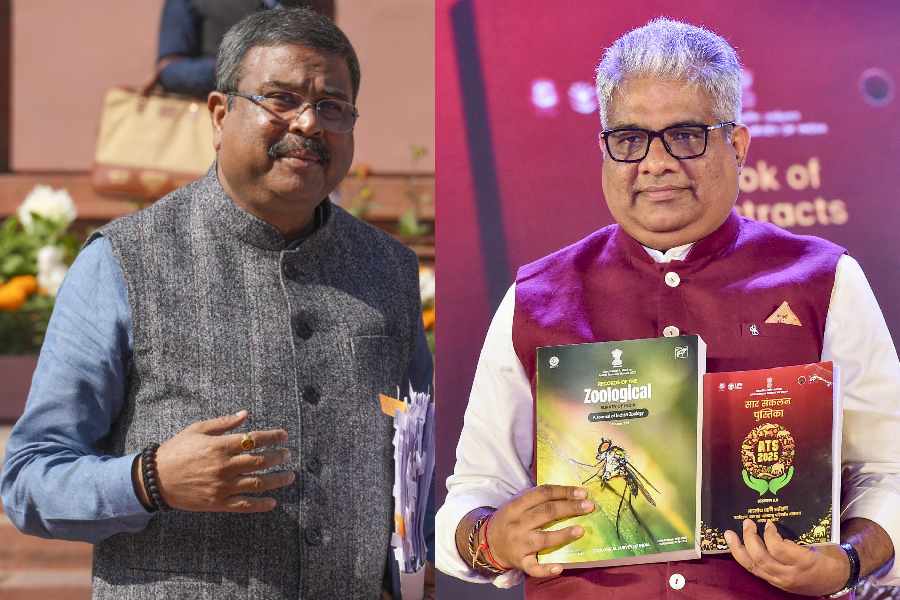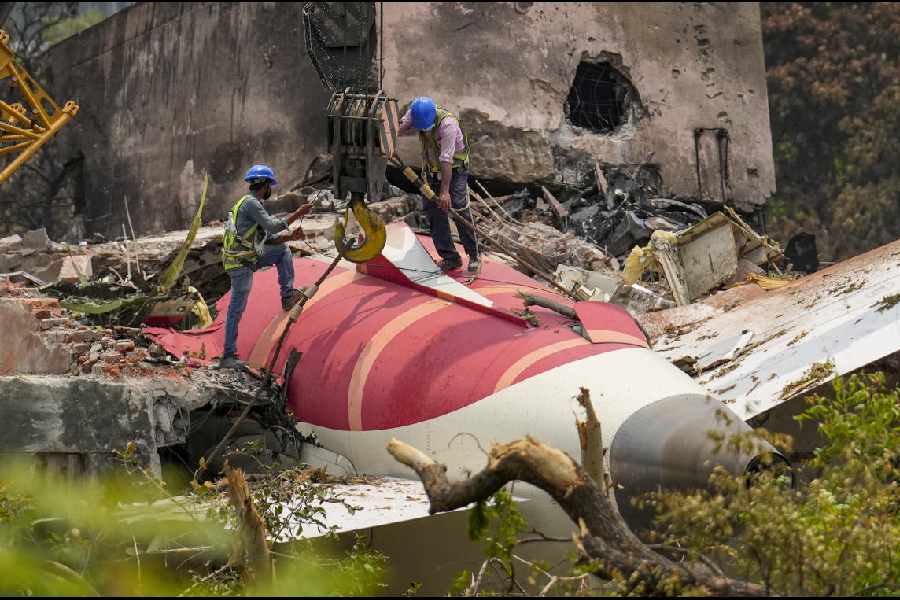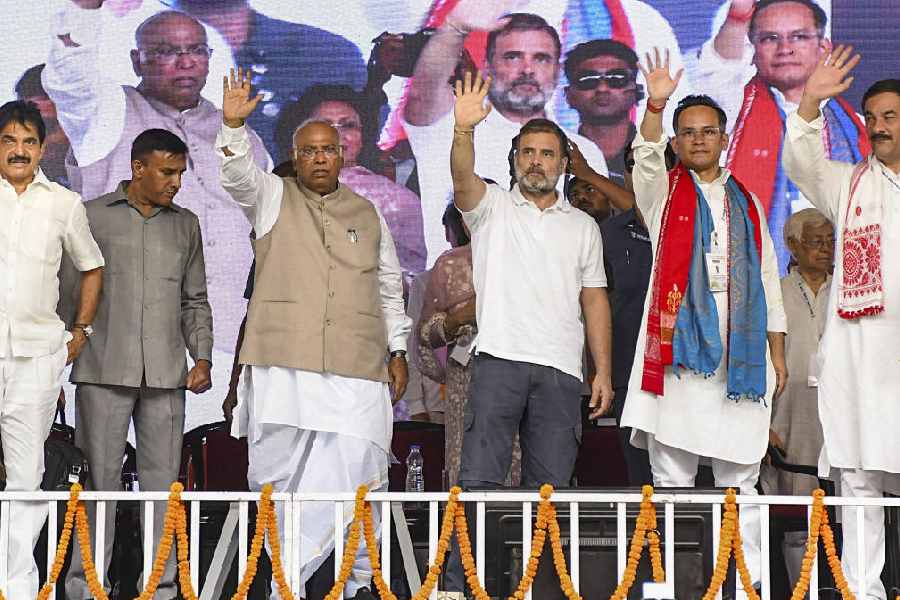 |
So, Sania Mirza and Narain Karthikeyan have made it into the top 100 and top 20 of their respective sports. That?s very good news for India and no doubt will spur a lot of interest in tennis and motorsport. It certainly makes for a welcome change from reading about cricket all the time. Now, tennis-lovers have it easy what with a slew of tennis courts in almost every city. These courts, be it in a club or a public facility (like the several DDA sports complexes in New Delhi), are usually accessible to all. However, what can a person interested in motorsport do about it? For tennis, one has to buy racquets, balls, shoes and the proper attire (wristbands, headbands, etc). Cars however are easily available ? most households in the larger cities and towns possess one. Nonetheless, there are no facilities available. So, what is one to do?
The answer is to deal with the problem directly or take matters into your own hands. One form of motorsport that has already become extremely popular is karting. There are two other ways of getting into the sport and also without burning a hole in your pocket. Drag racing is slowly becoming popular in India ? Bangalore and Bombay have annual meets and recently, Hyderabad too, saw its first such event. A drag race is essentially a maximum acceleration run between two points. All it takes is a straight and level road about a kilometre long. The acceleration run is over the first 400 metres and the next 600 metres are used as a braking area for slowing the cars down. Usually, two vehicles go at a time. Not only is this great fun but it also calls for optimum tuning (and modifications) of the car and starting technique. The only drawback is that drag racing needs a road and this isn?t always easily available, being in the public domain.
So, what does one do when roads are not available? Head for the fields and make a track! Making a track is cheaper than it sounds, as one is not talking about an international level tarmac- surfaced facility. All one needs is about two to three acres of land, some diggers and a bulldozer and one can have a dirt track ready for racing. It?s called an autocross. The principle is fairly simple. The track is actually in the shape of a figure-of-eight, with one side (loop) folded back onto the other. There is a crossover point where one stretch of track goes over the other via a bridge. At other stretches, two parts of the track could be running parallel. This is used as the start-finish point for two cars. Although it will seem like the two cars are racing against each other, they are actually, depending on the length of the track, quite a distance from each other. It?s great from the spectator?s point of view as things can get quite exciting. At the same time, the track can be configured to included dips, bumps and slaloms to test the driver?s skill and car control.
This in fact, is the principle behind the Race of Champions (ROC), organised in France by famous world championship rally driver, Michelle Mouton. Last year?s event saw both F1 world champion Michael Schumacher and WRC world champion Sebastien Loeb competing. It was billed as the race that would decide the overall champion of the world but to everyone?s surprise, Heikki Kovaleinen of Finland won the event.
Closer to home recently, I was privileged to witness five-time APRC champion and WRC contender Karamjit Singh of Malaysia doing demo laps at an autocross in Delhi. Having watched Indian drivers the whole day, it was both a pleasure and a learning experience to watch Karam and listen to the Esteem?s exhaust note as he tackled the slalom and the bumps on the track, even if it was just in an Esteem. For the record, in an unfamiliar car and on an unfamiliar track, the Malaysian finished six seconds faster than the fastest Indian driver.
However, the fact remains that there are quite a few ways of getting into motorsport in India. Calcutta is the birthplace of Indian motorsport and has three motorsport clubs ? CMSC, EMSA and BMSC ? but only one can be called active. It just needs like-minded people to get together ? leaving their egos at home ? and organise small events like these that do not cost too much in terms of time and money for the motorsport movement to gain momentum. The standard excuse most heard is ?where?? and ?no money?. However, there are places most people have not heard of but motorsport fiends will ferret out and there are also ways to generate funds. It is really not very difficult to do. Narain?s achievement has paved the way and Indian motorsport should not lose this opportunity.





